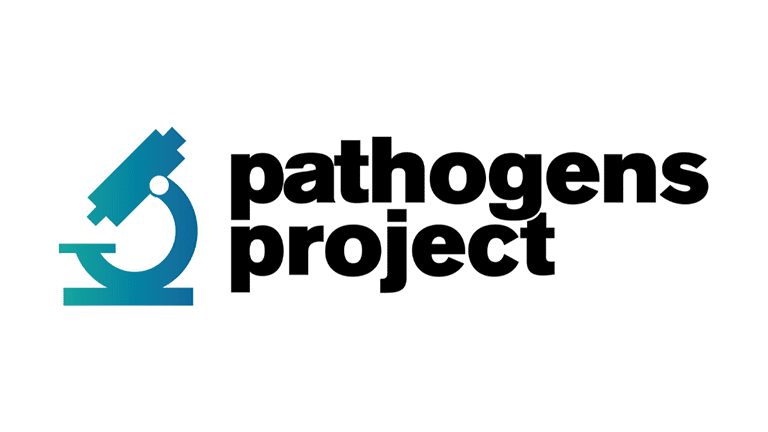A Framework for Tomorrow’s Pathogen Research
Final Report
Chairs
Ravindra Gupta
Ameenah Gurib-Fakim
Shahid Jameel
David Relman
Directors
Jesse Bloom
Filippa Lentzos
February 2024
The risks of virology research: Reasons for caution
Based on prior experience, most disease outbreaks are unintentional; they are not the result of a deliberate act of crime, terrorism, or war. There are scenarios, however, of intentional misuse that could cause disease outbreaks.
Although uncommon, the risks of an intentional disease outbreak caused by malicious actors (including states; terrorist and extremist groups; and individuals) may be increasing. Key concerns include (1) increased access to powerful techniques in the life sciences, including an increase in the capabilities of individuals outside traditional research institutions (Jackson et al. 2019); (2) the lack of biosecurity norms in the biotechnology industry that could be exploited by a malicious actor; (3) pathogens or other related material being stolen from a laboratory or scientists going “rogue”; (4) laboratory insiders using their knowledge, skills, and access to intentionally cause harm; and (5) scientific knowledge and methods generated to understand and manipulate the biological and epidemiological properties of pathogens for use in public health being repurposed by malicious actors to intentionally cause harm.
Analysis of laboratory crimes over the past 25 years shows that most of these are motivated by economic or emotional factors, rather than ideological ones and that such acts are surprisingly common. Examples of criminal acts include stealing equipment or laboratory animals from containment space to sell on the black market (for the value of the items stolen, rather than the value of any associated pathogens) and violence perpetrated because of fraught inter-personal relationships (Carus 2002). Examples of bioterrorism include the 2001 “Amerithrax” attacks in the United States and earlier attacks by the Rajneeshee (1984) and Aum Shinrikyo (1995) cults.
Research with known and potential pandemic pathogens also carries risks to peace and international security. Increases in the number of laboratories, the prevalence of associated infrastructure, and the ranks of researchers working with high-risk pathogens may contribute to a perception that the risks of intentional misuse are increasing. This may provide a country with justification to initiate or expand a biological warfare program—of which there have historically been several—in breach of the Biological Weapons Convention (Lentzos 2016; Inglesby and Relman 2016; Wheelis, Rózsa, and Dando 2006; Guillemin 2005). There are also allegations of contemporary programs in several countries (Lentzos and McLeish 2021; Lentzos and Jakob 2022; Lentzos and Jakob 2023).
Advances in science and technology that potentially increase risks
Recent advances in science and technology have increased the ability to rapidly identify and sequence the genomes of new viruses. Significant and accelerating advances are also being made in abilities to synthesize, modify, and manipulate genes, genomes, and biological systems through synthetic biology and genome editing, since viruses were first generated from cloned or synthesized forms of their genomes (Cello, Paul, and Wimmer 2002; Racaniello and Baltimore 1981). As more laboratories develop and engage in these technologies, the frequency of accidental releases of laboratory-grown and laboratory-modified pathogens could rise.
Furthermore, if the intent were there, individuals or groups could exploit the identification of genes and DNA sequences associated with pathogenicity, transmissibility, host range, evasion of countermeasures, and other properties to attempt to enhance known and potential pandemic pathogens and render them even more harmful (Fink et al. 2004). The last decade has seen much progress in understanding how small modifications (e.g., individual mutations) can increase host range (Starr et al. 2022), escape protective immunity (Starr et al. 2021), or escape drugs (Flynn et al. 2022). Such advances have been valuable for anticipating short-term viral evolution (Cao et al. 2023) and informing vaccine strain selection or drug design, but they also increase the potential for making targeted modifications to viruses that could change their properties and make them more harmful—although it should be recognized that such modifications may produce viruses that are less fit to survive in the real world. Although it is now possible to re-construct many known viruses from a sequence, it remains beyond current scientific knowledge to design an entirely novel pathogenic virus from scratch.
There is increasing concern that artificial intelligence (AI) and machine learning could be used to predict and design enhancements of pathogens that make them even more harmful or to identify and manipulate key genetic components affecting their transmission and/or disease-causing properties. However, currently there are no data showing this to be the case. At the present time, the risk that AI could allow for the design of new pathogens is hypothetical and uncertain. For efficient AI training, large and high-quality datasets are paramount, and it is questionable whether there are sufficient data to enable meaningful training of models that can predict how mutations affect complex traits such as transmissibility. Currently AI and machine learning can only augment in silico analyses of pathogen sequences or proteins. For any risk to be actualized, the sequences must be converted into actual pathogens.
Another concern is that large language models (LLMs) like ChatGPT may make it easier for non-experts to access dual-use knowledge, thereby lowering barriers to intentional misuse even if they do not enable effective design of new pathogens (Sandbrink 2023). In this sense, these models could help increase the number of people with conceptual access to techniques that currently require specialized training.
All told, there are many uncertainties in how AI and machine learning might affect research on known and potential pandemic pathogens. All concerns should be taken seriously, while neither minimizing nor exaggerating the risks (including hypothetical risks).
Next section ⇢
